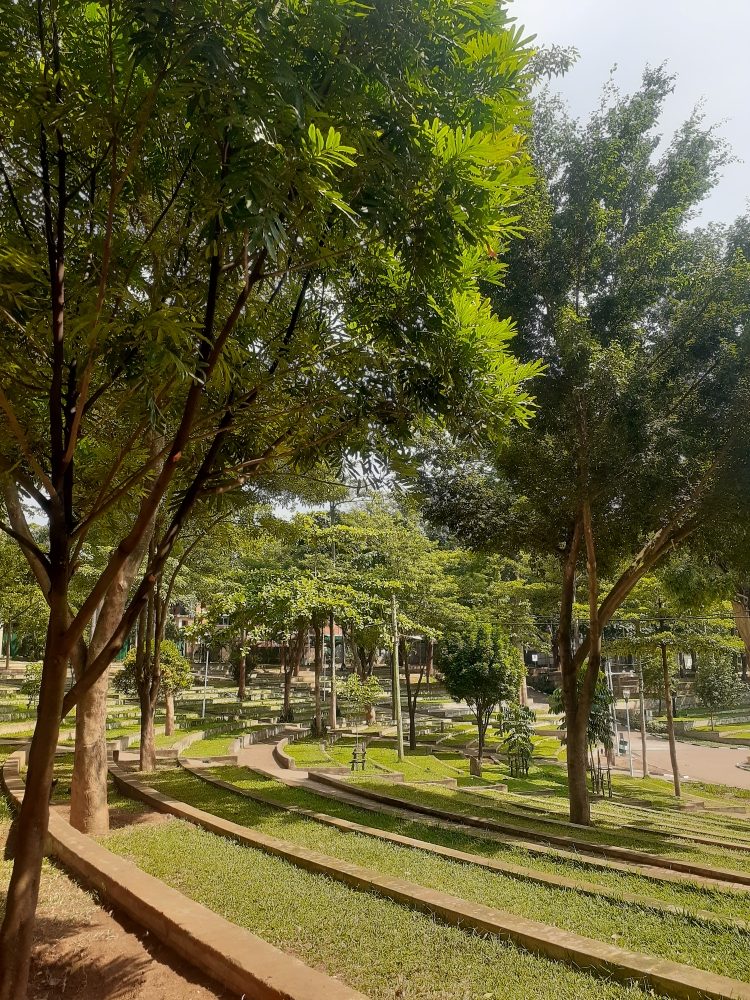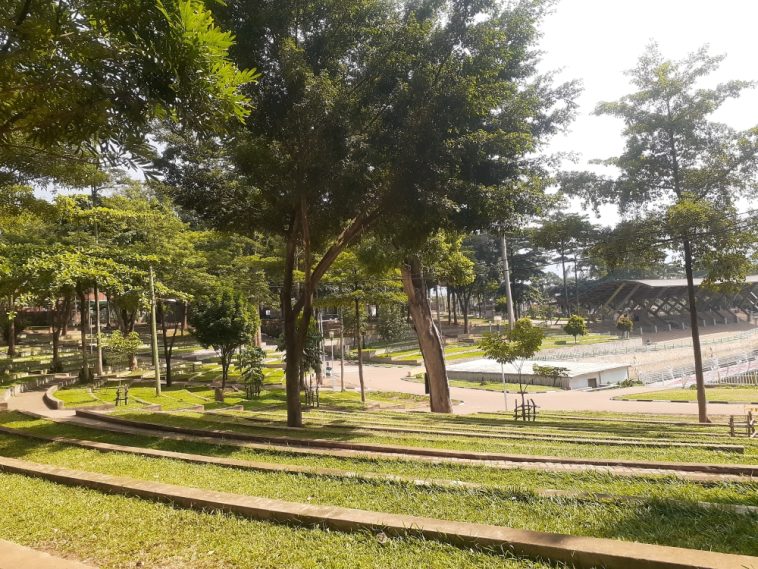Growing up, there were places known for their trees. Ku kalitunsi, was a stretch of road on your way to Nakawa known for its huge Eucalyptus trees. They were cut down to expand the road.
In Ntinda was a stage where to alight we would yell ‘ku kafene’ at the conductor, and he in turn would yell at the driver to stop at the jackfruit tree. Recently, it was felled to make way for a shopping mall. I wondered how much space that little jackfruit tree was taking up that they couldn’t co-exist.
In some places across the city you will find a single tree, and just like birds flock to trees to perch, people stand under them to take shelter from the sun. Sadly, trees are becoming less and less and the people are paying for it.
According to a recent report about Kampala, there were over 7000 deaths attributed to air pollution between 2020 and 2024. At the same time, the rate at which trees are being cut down to make way for construction continues to go up.
Trees not only cool temperatures, they filter pollutants, release oxygen, reduce stress and help to calm us down. That is why when you find a place with trees, it is worth writing about…and protecting. One such place is the Namugongo Uganda Martyrs shrine.

As a tourist spot, it attracts millions in early June, but for the rest of the time it is an urban oasis. Inside, you will notice that the walkways are paved and that there are concrete sitting areas. However, this did not stop those in charge from littering the place with grass and trees. The most amazing thing to me is that wherever you see a stump of a fallen tree, there is a sapling next to it. This is a habit that should spread across the country.
At the shrine, you can hear the sound of the traffic from the road but the dominant sound is bird song and the rustling of leaves.
The KCCA (Kampala Capital City Authority) and several partners have made a valiant effort of greening parts of downtown Kampala. But the fact that KCCA continues to issue building permits without tree protection or tree planting requirements makes a mockery of what they are doing. It is like they are replicating the concrete jungle of downtown Kampala everywhere else.
Still, not all hope is lost. In 2023, concerned citizens in Jinja protested the felling of Mivule trees (Milicia excels) that were planted in the 1900s. Their action was successful and road plans were adjusted to accommodate the trees. This shows that the halting of climate change can only happen when different groups come together. In this case, it was officials sharing city plans before and not after construction, contractors being open to changing their plans and of course, people willing to speak for the trees.
This post was created with our nice and easy submission form. Create your post!







